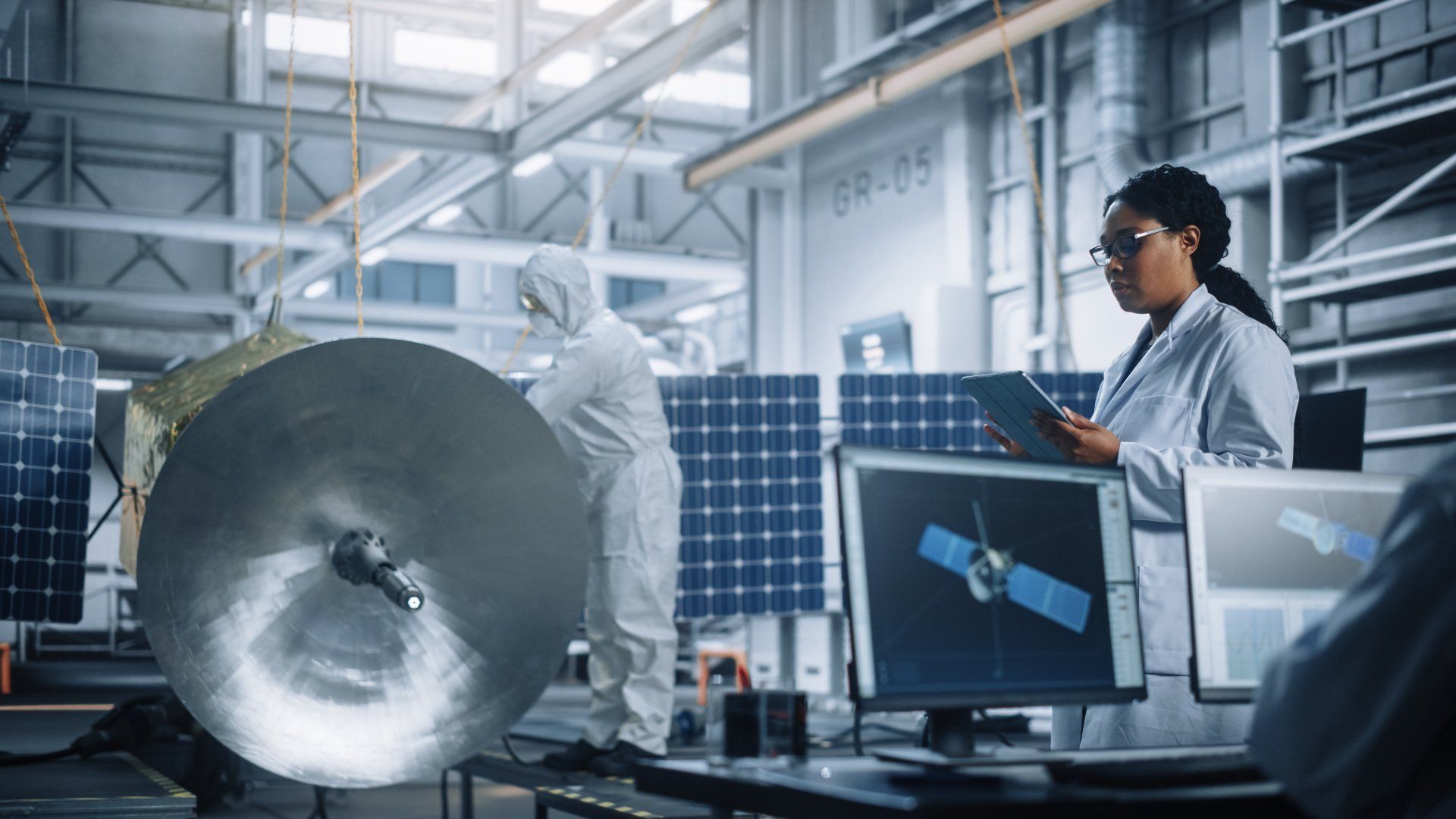New tech program to launch more female careers in space
A new skills program launched this week is designed to provide more women with the opportunity to gain the essential skills and credentials needed to forge a career in the space and defence industries.

Tech Start, an initiative of Modis in partnership with Microsoft’s Azure Space, will help women build industry connections and gain the necessary micro-credentials required to unlock employment opportunities in the state’s thriving space and defence industries.
A number of educational and industry partners – including the South Australian Space Industry Centre – have committed to supporting the program to achieve its vision of helping women access the exciting jobs available in these high-growth sectors.
Applications are now open for the first Tech Start program, which commences in March 2022 and supports candidates to acquire the skills to step into an entry level data analyst role.
Targeting women who are current students or who have recently graduated from university or TAFE courses, the free 10-week program is open to those interested in developing experience in data analytics regardless of their academic and work background.
Future Tech Start programs commencing in later 2022 will focus on cyber security and software development. These three roles have been identified as entry-level jobs across the space, defence and technology sector in South Australia.
Training will be delivered through a variety of formats including self-paced learning paths, study groups, instructor-led online and campus sessions. In addition to technology training, women will also hear first-hand from professionals across the space and defence industry, offering an exciting opportunity to develop professional connections.
Head of Modis Tech Academy, Anatoli Kovalev, said the Tech Start Program seeks to boost in-demand skills and is closely aligned with Lot Fourteen’s $60 million Digital Technologies Academy, which will offer digital technologies and cyber related education and training.
“With a widening skills gap and the increased difficulty to fill roles that require cutting-edge skills in fields such as software development, data analytics, cloud and cybersecurity, Modis Tech Academy was created to help today’s IT talent boost their skills and close the talent gap,” he said.
“Through our alliance with industry-leading training partners, we have unlocked greater access than ever to candidates with the advanced, in-demand skillsets of technology and will be at the forefront of closing the technology skills gap in Australia.”
Microsoft Australia, Azure Space Lead, Lynn McDonald, said the program further demonstrates the company’s commitment to supporting Australia, and South Australia, in becoming a leading player in the global space industry.
“Underpinning this ambition must be a focus on supporting local people to access the exciting employment opportunities in the space and technology industries. Tech Start allows us an opportunity to support South Australians’ access to employment opportunities, with a focus on developing and nurturing a more diverse pool of talent,” she said.
The University of South Australia, the University of Adelaide, and TAFE SA have pledged their support in helping promote the program to new graduates and their alumni networks, while international organisations, like Avanade and PwC Australia, will support the program with guest speakers and industry projects.
National organisations, like Stone and Chalk, will help women to access some of South Australia’s newest entrepreneurs and startups. Local space industry partners, like Inovor Technologies, Electro Optic Systems and Saber Astronautics, will inspire women with industry insights.
Australian data specialists like Modis Tech Consulting, Chamonix, Empired and Expose will support women graduates by providing roles within the IT industry.










